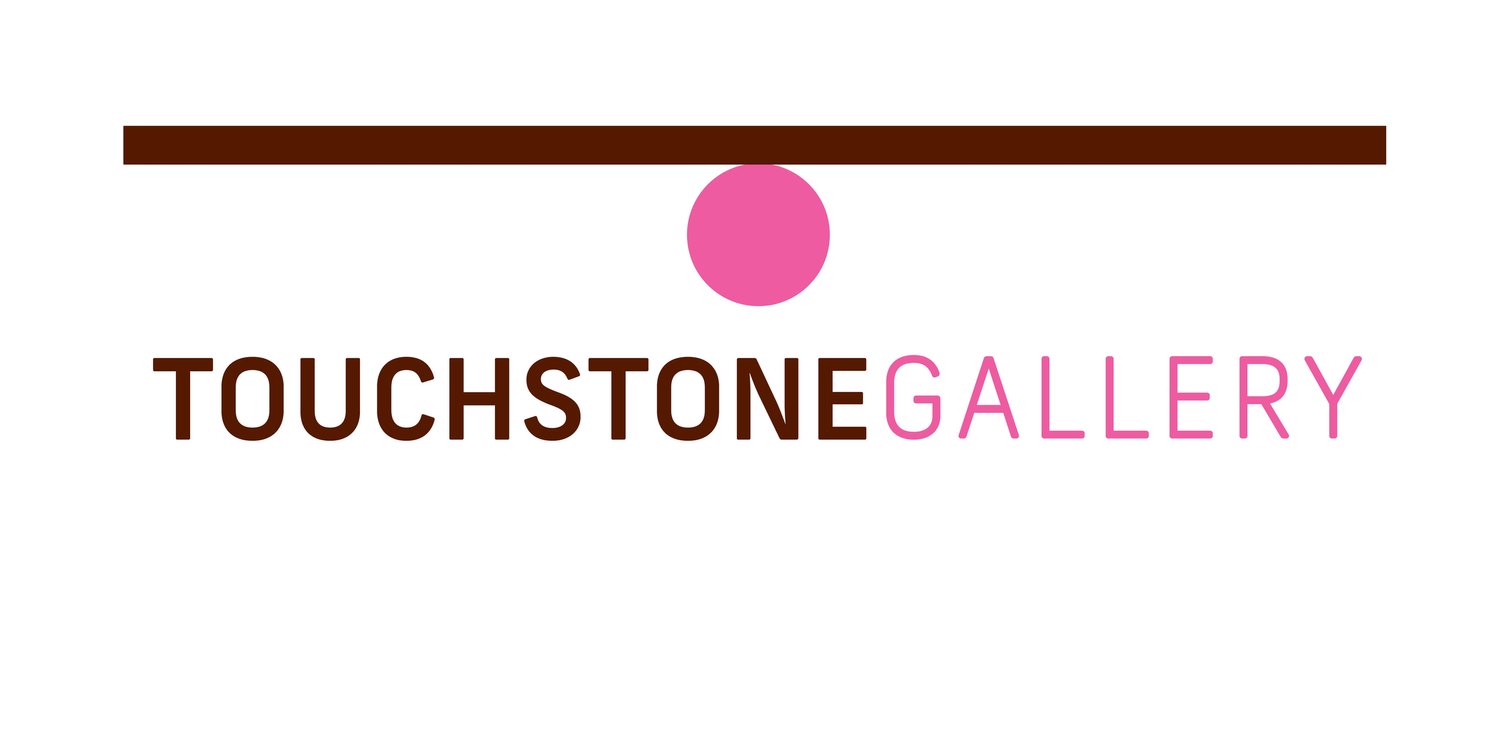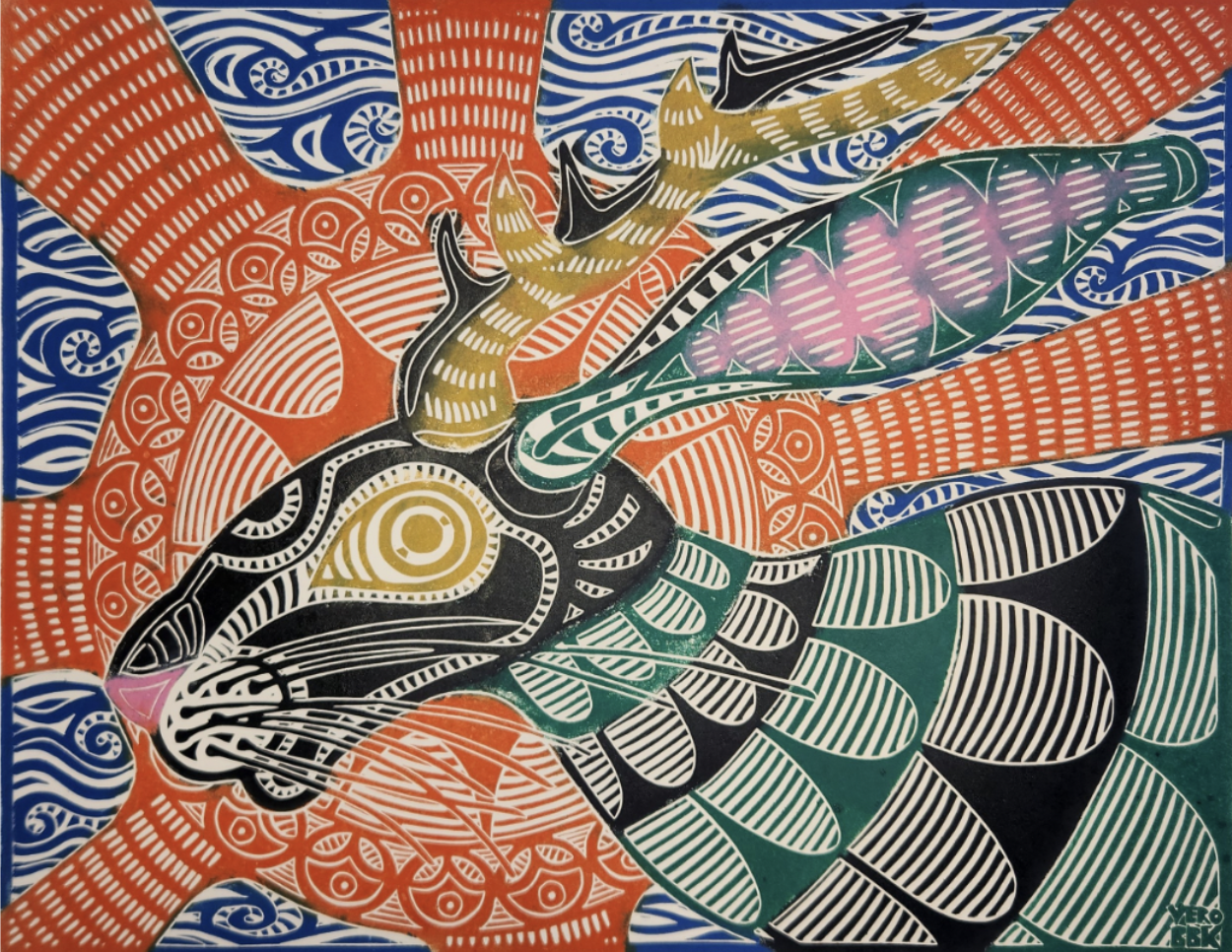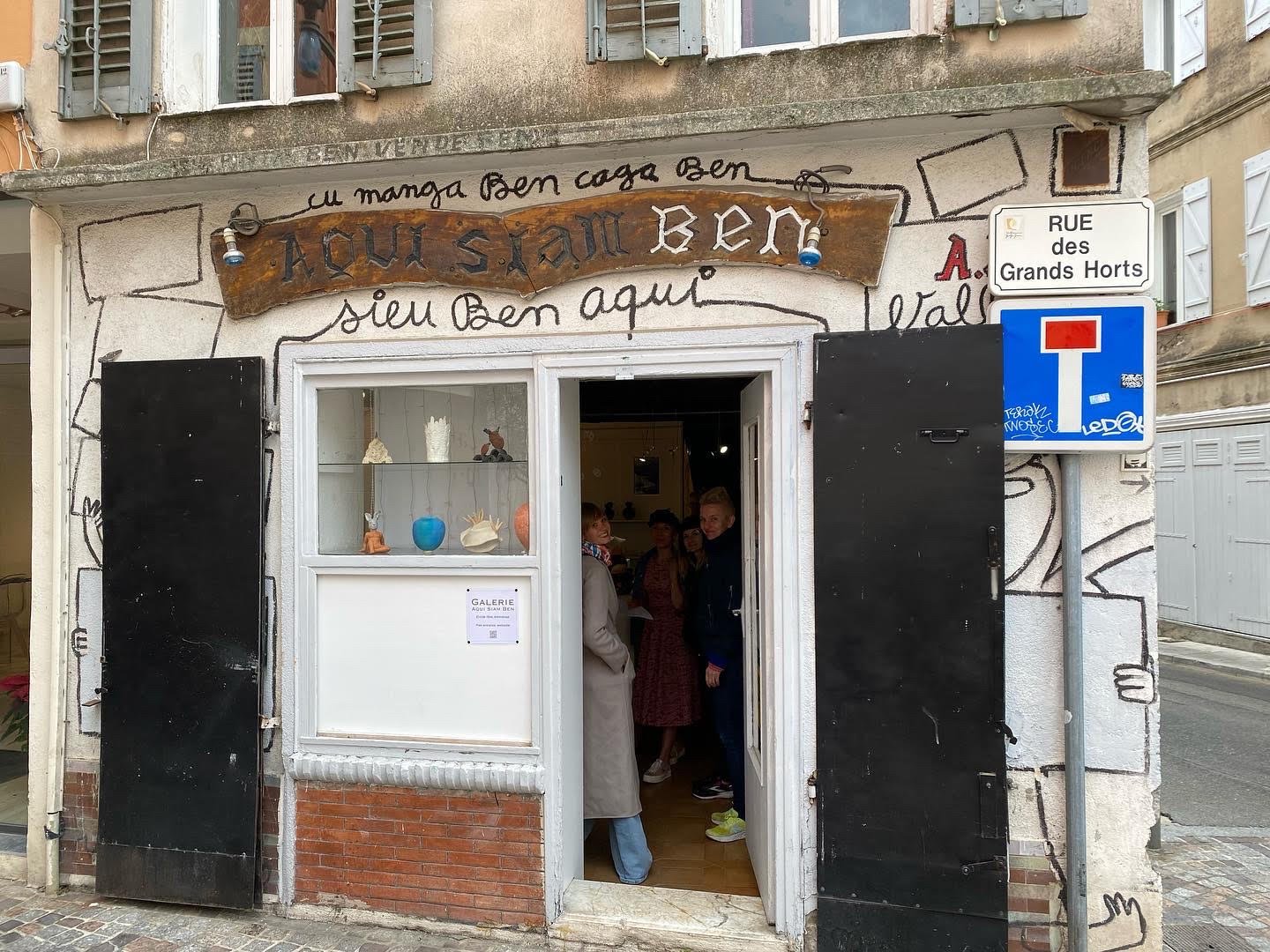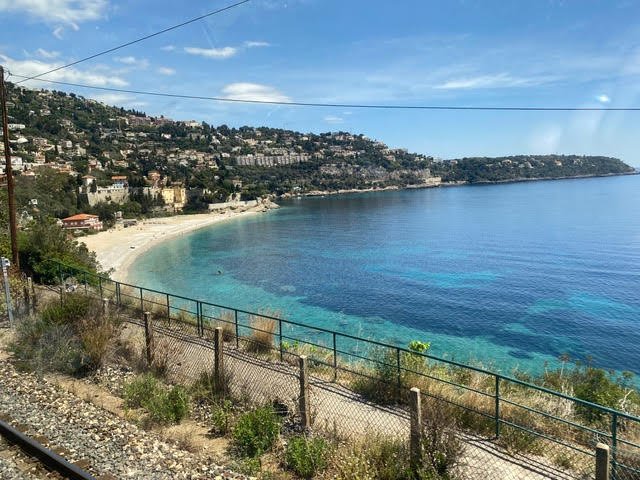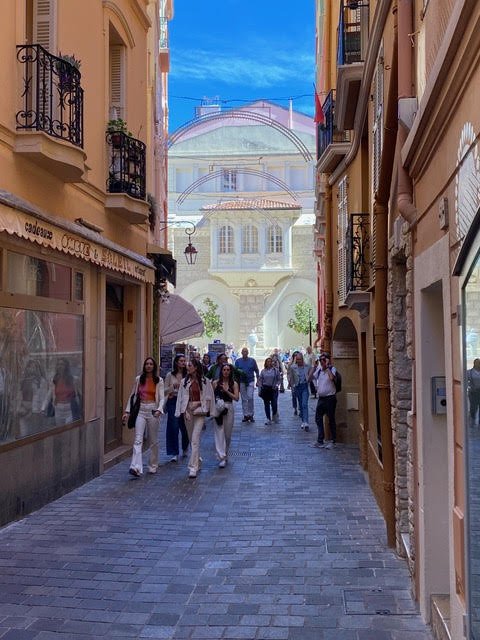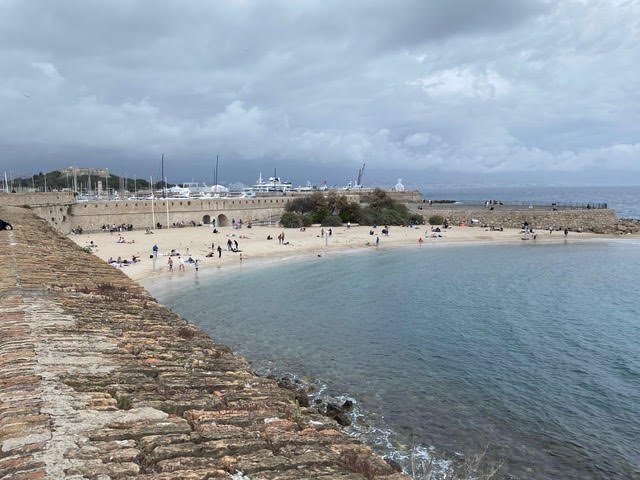Ash Newton, UMD Journalism student and Touchstone intern, interviewed Andrew Chalfen about his piece in the 2024 Iteration Reiteration exhibition.
Andrew Chalfen’s The Structure of Smoke is both an interpretation and subversion of patterns and repetition, the central theme of iteration reiteration. The intricate ink transfers create a complex array, but never repeat, while the painted wooden structure disrupts the rhythm of the piece by bursting out into three dimensions. The geometric shapes suggest algorithms or architecture, but their colors dazzle. When explaining the delicate balance of pattern and chaos in the piece, Chalfen says, “I rely on a mix of intentionality combined with a certain amount of randomization.”
Ash Newton: What is your intent in creating this artwork?
Andrew Chalfen: Several answers, I suppose: I make art because that is what I do. Indeed, I feel compelled to do it and get antsy when I don't (same goes for creating music). I'm also following paths to see where my various aesthetic interests lead. "The Structure of Smoke" is the latest iteration of my exploration of certain forms (painted sticks, drawings used as ink transfers) and ways of using those forms in various arrangements/compositions. This path-following is a primary driver in what I do, asking the question "What if I do this?' and seeing how the work responds to that. I want to make work that coheres, makes aesthetic sense, is pleasing to the viewer. My pieces seem to suggest things, such as architecture, data, play, urban densities, etc without actually being those things. It not only involves a lot of puzzle solving and hopefully a few a-ha moments, but also a trust in the processes I've gradually developed over the years. I rely on a mix of intentionality combined with a certain amount of randomization. I make each stick and drawing not knowing exactly in what position it'll wind up in a work, or even in which work it'll end up. Thus, once I settle on a compositional strategy, I know generally in advance how a piece will turn out, but not specifically.
AN: I really like the way your work handled the exhibition's theme. Was the backing pattern predetermined?
AC: The general overall look of the backing pattern is something I have in mind in advance. However, there's a lot of randomization and chance involved at various points. The background is composed of many individual ink drawings, which tend to come into being in a pseudo-fractal manner as I make them. For the ink transfers, I used to use the original drawings, destroying them in the process, which after a while kind of bummed me out. Here I've spent all this work on a drawing only to have it used once and get destroyed. So I started scanning my drawings and printing them out and using the printouts to make the ink transfers. So I've got a growing library of scans of drawings I can pull from to create these complex assemblages. Plus the images are reversed due to the transfer process, adding another layer of unpredictability. The black and white of the drawings is a nice contrast to the colorful sticks. It's my current iteration for a background. In the past I've used solid gold fields, dark purple fields, various pale cloudscapes, just trying out different ideas.
AN: How was the wood structure constructed?
AC: I've developed a kind of factory line for stick creation. I take square dowels of various thicknesses, prime them, saw them into a variety of lengths, paint them on all sides, using painter's tape to get as clean a line as I can get, then varnish them. I want each stick to make aesthetic sense on its own, almost as a stand-alone piece of art. I figure if they look good individually, they'll look good massed. This has more or less worked out. I like to have a lot of painted sticks on hand when I begin to assemble a structure so I can hone in on what sticks go with what's already been constructed in terms of look and size. More puzzles to solve. After the background is completed and varnished, only then do I start gluing sticks to the panel and to each other. Once I've glued a stick down, I've committed. There's no undo. I have to be able to live with all my previous decisions. I kind of like that limitation (I kind of like having a lot of limitations. There are plenty of decisions to be made without the possibility of infinite options.) After I add each stick, I take a look at the overall composition to see where I feel the next stick needs to go and what color and shape it should be. At some point adding an additional piece feels like it would detract from the composition. That's how I know I'm done.
AN: Does putting art up for sale change its function?
AC: I don't think so. I suppose this gets into what the purpose of art is in society and for the individual. Plus artists have to eat. I guess I could just give away my art and music, but I feel an artist should be compensated for the work they do, just like anyone else.
AN: Do you care what the owner does with it?
AC: Hopefully they'll hang it on their wall and appreciate it! A lot of my pieces have no "up" - they can be hung in any 90 degree orientation. In fact, I wire a lot of my work with two wires so that the possessor of a piece can occasionally change up their viewing perspective. For me, I want people to enjoy my work, have things about it revealed slowly over time by observation. I'd rather have my art be in people's homes or, knock wood, a museum or two, than to have my home fill up with my works until I move along to the next astral plane. Maybe it's the performer in me, but I want others to enjoy/experience my work. Nice for someone to see art with a fresh set of eyes other than mine.
